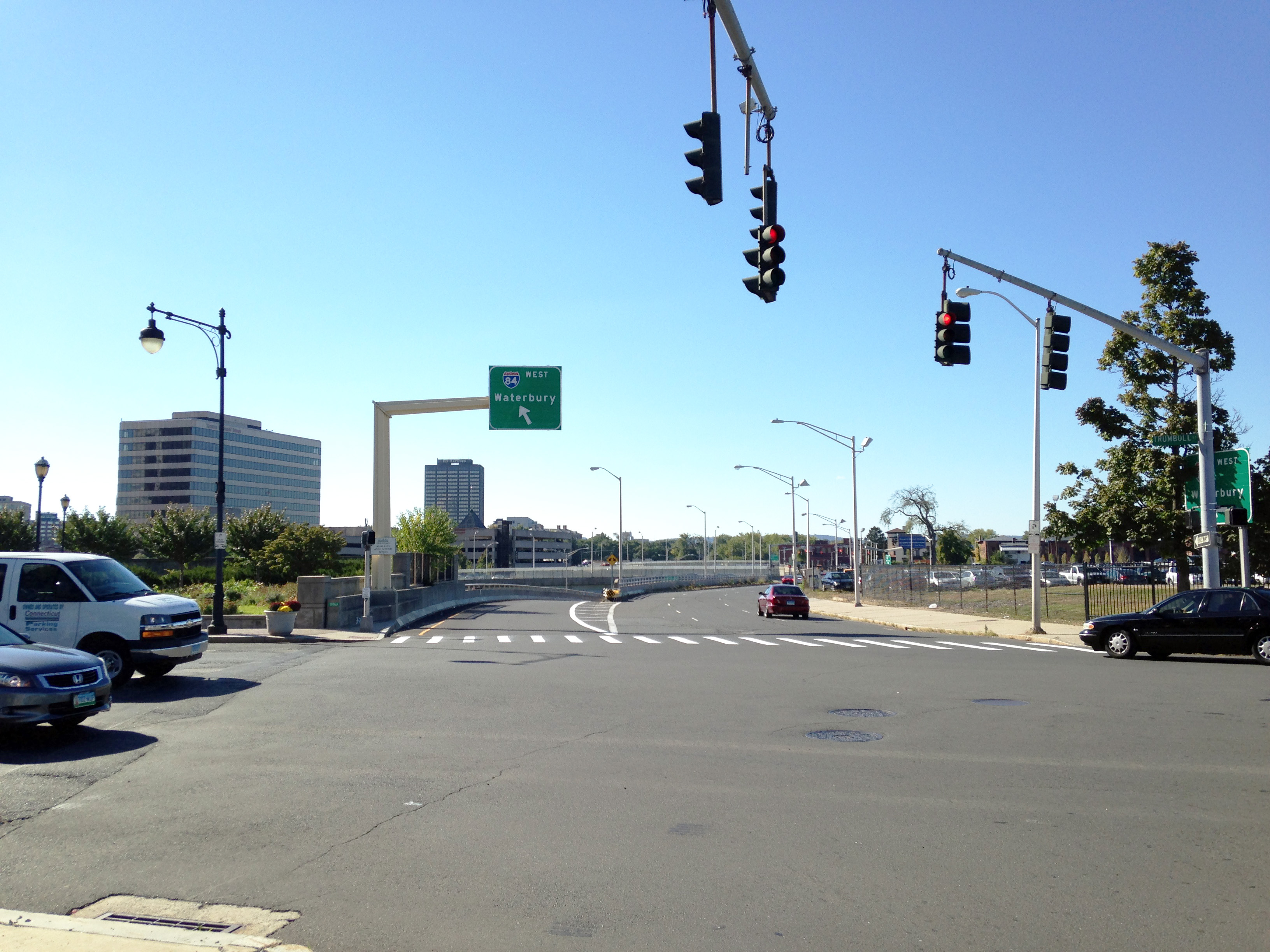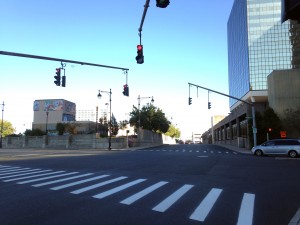
Hartford’s Planning and Zoning Commission voted earlier this week to amend the City’s zoning so that a stadium would be a permissible use in the “B-1 zone,” which covers most of downtown. But then, citing concerns that building a stadium in the Downtown North area — as it has been proposed — may be inconsistent with the City’s plan of conservation and development, the Commission voted against giving the project a favorable recommendation to the city council.
Before the vote on whether to amend the City’s zoning, commissioners debated the pros and cons of having a stadium in the Downtown North area. Some expressed concern about foot traffic around the stadium area. Because of their size, stadiums can create “superblock” conditions, which limit permeability and pedestrian circulation. And although they attract a lot of people on game days, they sit mostly empty outside of events.

On the other hand, it’s probably a better idea to stick with putting the ballpark downtown, where fans have multiple transportation options, rather than, as Commissioner David Blatt put it, having a stadium “plopped in the middle of nowhere, surrounded by asphalt.” After all, by the time the Rock Cats take the field in Hartford, the CTfastrak bus rapid transit system will be up and running; by the time the team’s second season begins, fans will be able to ride commuter rail to Union Station and walk to the game, “no parking required — just like a real city.”
But being that this is Hartford, of course there will be plenty of parking. The proposal for Downtown North calls for 1,405 off-street spaces divided among five structures. That’s more than what’s required by zoning, but it doesn’t include any new parking exclusively for the stadium. Department of Development Services Director Thom Deller said during Tuesday night’s hearing that the City is actively looking to reduce the need to build new parking facilities by being more strategic with how existing parking is used — an excellent idea, considering there are more than 46,000 off-street parking spaces in Downtown Hartford — at least 7,800 of them within one-third mile of the intersection of Main Street and Trumbull Street near the center of the proposed development.
The Planning and Zoning Commission’s decision to not give the stadium proposal a favorable recommendation may ultimately be moot since the city council has final say over whether the project will move forward. Expanding Hartford’s central business district to the north is a priority of the City, so it is likely that progress towards this goal will continue. But regardless of whether a stadium is built here, the City must put sustainable transportation initiatives and connectivity between downtown and the area soon to be known as “DoNo” at the forefront of any redevelopment vision.


